Offer In Compromise
How to Settle Your IRS Tax Debt
The IRS is willing to work with taxpayers who are behind on their taxes, but you must first demonstrate your eligibility. The Offer in Compromise (OIC) is an IRS program designed for people who will never be able to pay off all their past-due tax debt with future income or assets before the IRS runs out of time to collect it.
What is an Offer in Compromise?
You’ve heard about it, you’ve seen the commercials, but you don’t know what it’s called to negotiate a settlement with the IRS. Thousands of taxpayers in trouble with the IRS routinely eliminate tens of thousands of dollars in tax debts thanks to this remarkably effective method called the Offer in Compromise (OIC). It's a federal program that allows you to pay less than the full amount of your tax debt. especially if you come from a low-income family.
What is the percentage of acceptance?
People of different ages and incomes are beginning to realize the importance of an OIC. Of the 62,000 submitted Offers in Compromise in 2017, the IRS accepted only 25,025. An approval percentage of 40.3% translates to about $256 million in revenue. The average amount saved by filing the OIC was $10,234.
Are there different types of OIC programs?
Yes, the IRS has three different types of OIC programs:
- Doubt as to Collectability—Definitely the most common of the three. This OIC is for taxpayers who can’t pay their taxes and want to settle the debt for a payment that is less than what they owe.
- Doubt as to Liability: When taxpayers don’t believe they are liable for the tax in question
- Effective Tax Administration: For taxpayers that agree that they owe the money, but circumstances exist that would cause undue hardship. I.e., you are battling a long-term illness.
How to File an Offer in Compromise
Concerns about Collectibility
- File Form 656
- Attach Financial Statements (Form 433-A OIC for individuals and 433-B OIC for businesses).
- Submit supporting documentation to prove their asset values, liabilities, and monthly income and living expenses.
- Make any necessary down payments.
Doubt as to liability.
- File a Form 656-L
- Please include any supporting documentation.
Effective Tax Administration
- File Form 656
- Attach Financial Statements (Form 433-A OIC for individuals and 433-B OIC for businesses).
- Submit supporting documentation to prove their asset values, liabilities, and monthly income and living expenses.
- Also include proof as to why you qualify, i.e., medical exams and doctor's notes.
Requirements to File an OIC
- Tax Returns Must Be Filed—the IRS will not accept an OIC if taxpayers are not in filing compliance, meaning they must file all required past returns. If taxpayers have a lot of past tax debt and unfiled returns, it’s usually a good idea to file the returns and then wrap all those balances into an OIC.
- Withholdings & Estimated Tax Payments Need to Be Current: The taxpayer must be compliant. This means that the taxpayer must make estimated payments and have proper withholding so that they will not owe on next year’s return. Without payment compliance, the IRS will reject the OIC.
The Biggest Misconception when it comes to the Offer in Compromise
Almost everyone believes the IRS will negotiate a lower amount if you just ask. The IRS does not negotiate without specific documentation.
The IRS has created a formula when it comes to the OIC. The formula is simple: does the taxpayer have a net equity in assets that can pay off the debt in full? If no, does the taxpayer have future disposable income (broken down monthly) before the collection statute of limitations expires? Here’s a simple example to illustrate:
A taxpayer owes $50,000 on September 15, 2022 for a timely filed 2016 return (filed September 15, 2017) and submits an OIC application on that date.
The taxpayer has a truck and stocks with net equity in assets of $2,500 and monthly disposable income of $500 after expenses.
The collection statute expiration date is September 15, 2027. (Five years, or 60 months, remain in the collection statute.
Over 60 months, that $500 adds up to $30,000; add the $2,500 in net equity and the IRS then determines you have the ability to pay $32,500.
The formula itself is straightforward. But the timing of the OIC, the value of the assets, the monthly income, and the regular, necessary, and allowable monthly living costs can be hard.
FAQS When it Comes to the Offer in Compromise
Does the IRS Require Payment to Submit an Offer in Compromise (OIC)?
The fee to file a Doubt as to Collectability OIC is $206.
Also, depending on the OIC payment method, taxpayers will have to start paying the offer amount with their OIC application — and maybe even while the IRS is investigating and deciding on the OIC.
- A lump sum payment of 20% of the offer amount is required with the application.In our example above, unless the taxpayer met the low-income guidelines, the initial out-of-pocket cost would be $866 ($206 application fee plus 20 percent of the offer amount, or $680).
- Periodic payment-requires taxpayers to make 24 installment payments of the offer amount while the IRS is investigating the OIC.
Low-income OIC applicants can avoid the fee and the down payments or installment payments of the offer amount while the IRS investigates the application.
However, if the IRS rejects the OIC, the IRS keeps the fee and the down payments/installments and puts them toward the tax liability. Taxpayers should understand the financial cost of applying for an OIC. They could suffer significant financial hardship if they pay these upfront amounts, and the IRS doesn’t accept their OIC. This is a real risk. Only 40% of IRS OIC applications were accepted in 2017.
Will the IRS Investigate your Finances?
OIC investigations can last up to two years. Most OIC investigations (about 80 percent) conclude within nine months of taxpayers' application. By law, OIC investigations never last more than two years.
If taxpayers owe less than $50,000, the average time is usually about 6 to 7 months. If they owe more than $50,000, the OIC may take a little longer, depending on the complexity of the applicant’s finances.
A special OIC examiner at the IRS reviews taxpayers’ filing and payment compliance and all of the components that go into the qualification and offer amount. The OIC examiner goes in-depth into the taxpayer’s financial history, even looking into old transactions to see whether the taxpayer has tried to hide assets. If the taxpayer owes more than $100,000, it’s common for the examiner to pull a credit report. If the taxpayer has a business, examiners will often ask local IRS collection staff to look at the case.
How Long Do I Have to Pay the Offer?
This all depends on which offer gets accepted.
- The Lump Sum Payment Method: This requires taxpayers to offer the IRS their net equity in assets, plus 12 months of their future monthly disposable income. However, if the taxpayer can pay the past due debt within the statute of limitations, it then reverts to that amount. You also have 5 months to pay it back once the offer is accepted.
- The Periodic Payment Method requires taxpayers to offer the same net equity in assets but include 24 months of their future monthly disposable income. The caveat being that the taxpayer needs to make monthly payments.
Stipulations After the Offer In Compromise is Accepted
You cannot owe taxes for the next five years. If you do, the OIC will be canceled .
That means the taxpayer would owe the entire amount of taxes, penalties, and interest again. Taxpayers who can’t withhold enough or make required estimated tax payments often have their OICs canceled when they can’t meet future tax obligations. This also happens with business owners who can’t make their estimated tax payments each quarter.
Can I appeal the decision if the Offer In Compromise is Not Accepted?
Yes, about 14 percent of all OICs are appealed to a higher level at the IRS to resolve disputes between the applicant and the OIC examiner who initially investigated the application. Why? Common reasons are:
- Asset values and dissipated assets
- The amount of income to be included in the average monthly income
- Which expenses should be allowed as necessary living expenses?
- Any expenses that exceed the IRS-allowed averages
Applicants should be prepared to document and argue all of their assets, income and expenses. Taxpayers should also be prepared to explain why they dissipated any assets before the OIC application. The IRS is looking to see whether the dissipated assets should have been used to pay the tax liability before the OIC was submitted.
Can a Business File an Offer In Compromise?
Businesses that have business tax debt, such as back payroll taxes, don’t make good OIC candidates.
The reason is simple in the eyes of the IRS: if the business is open, then the owner expects to make a future profit. And when it comes to payroll taxes, they’re ultimately not forgiven. Payroll taxes can be passed on to the "responsible persons" at the business. These people (often owners, controllers, or financial officers) become personally liable for the past payroll taxes.
Businesses also have the option of closing, which may mean that the debt can dissolve with the entity. The IRS frowns on giving businesses a competitive advantage over other companies by forgiving their taxes owed. For all of these reasons, it's hard for ongoing businesses to get OICs from the IRS.
People with tax debt who are on short-term unemployment aren’t good candidates for OICs. That’s because the IRS believes that once these people get a new job, their normal average monthly income will increase, and they’ll be able to pay their debts.
During the housing crisis, many real estate agents with tax debt submitted OICs, only to have the OICs rejected. The IRS said that these individuals’ circumstances would improve, and that they would be able to pay in the future. In this case, the best way to avoid having to make a monthly installment agreement payment may be to ask for "currently not collectible" status, which delays payment.
Other Options
Before considering an application to settle taxes, taxpayers should analyze their past returns and balances owed to potentially reduce the amount they owe. This is where a good tax professional can help. Taxpayers should also request penalty abatement if their circumstances permit.
In the end, a good look at past tax returns may reveal that taxpayers owe a lot less than they thought they did—and they don’t even need an OIC.
Headquarters: 2855 Coolidge Highway, Suite 210, Troy, MI. 48084

